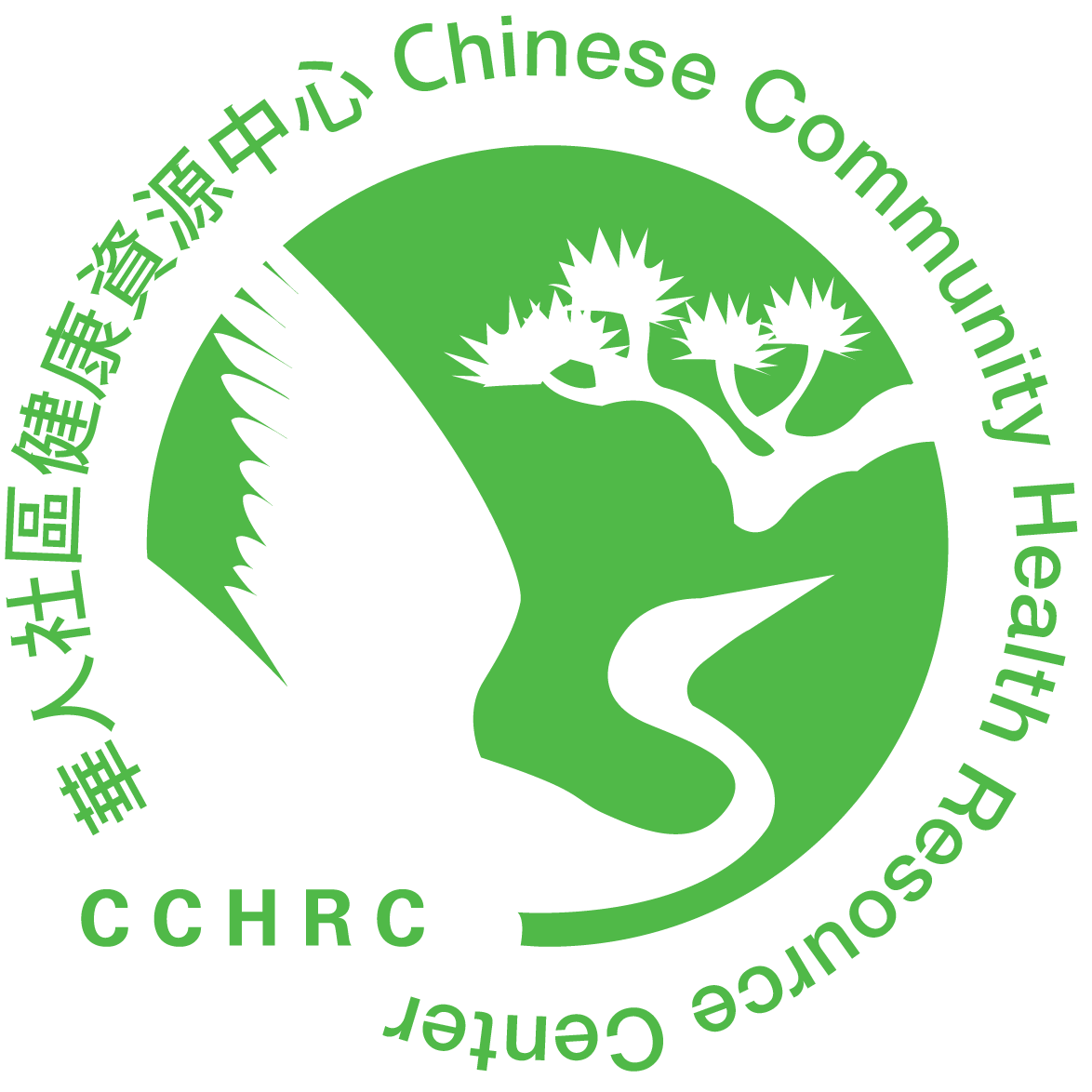Aneurysms can be life threatening. The most dangerous aspect of aneurysms is that there are seldom any symptoms until the aneurysm ruptures, which leads to internal bleeding. According to a recent report published by the Centers for Disease Control and Prevention, aortic aneurysms are responsible for less than one percent of all deaths in adults over 55. Although the incidence of aneurysm is low, the outcome is often fatal. Nonetheless, there are preventive measures and promising treatments available if an aneurysm is detected early. The following article will discuss the different types of aneurysms.
What is an aneurysm?
Arteries are blood vessels that transport oxygen and other nutrients throughout our bodies. An abnormal widening or ballooning of a portion of an artery is called an aneurysm. An aneurysm can develop in any artery, but the most common locations are arteries in the brain and along the main blood vessel in the abdominal or chest regions (the aorta). An aneurysm can also develop at the back of the knee, the main arteries of the thighs, and the arteries in the neck. In older people, aneurysms are most likely to occur in areas where arteries branch (for example, where the abdominal aorta branches into the arteries of the legs) or in areas of stress (for example, in the back of the knee).
Causes
Defects that are present before birth, such as an inherited blood vessel weakness, can lead the artery to stretch and balloon out. Other contributing factors of aneurysms include:
- High blood pressure
- Hardening of the arteries due to cholesterol deposits
- Injury
- Infection
- Some diseases such as diabetes mellitus and syphilis, which is a sexually transmitted infection
- Cigarette smoking
Symptoms
Most cases of an aneurysm are without symptoms. However, if the aneurysm occurs near the body surface, there can be swelling with a throbbing mass at the site. The following are possible symptoms associated with the major types of aneurysms:
Abdominal aortic aneurysms (part of the aorta or large artery that passes through the abdomen)
- Pulsing sensation in the abdomen
- Deep, penetrating pain mainly in the back
Thoracic aortic aneurysms (part of the aorta that passes through the chest)
- Pain in the upper back
- Coughing
- Wheezing
- Severe chest pain
Brain aneurysms
- Headaches
- Drowsiness
- Neck stiffness
- Double vision
- Facial pain
- Nausea and vomiting
- Mental confusion
- Loss of consciousness
Severe and persistent pain, along with low blood pressure, rapid heart rate, and lightheadedness can indicate rupture of the aneurysm which requires immediate medical attention. A ruptured aneurysm cause internal bleeding which can be fatal.
Diagnosis
Since most aneurysms seldom generate symptoms, they are usually detected by chance as the result of a routine physical examination. Once diagnosed, several tests, such as an ultrasound, MRI or CT scan, can confirm and monitor the growth of an aneurysm. In addition, a spinal tap can detect blood in the cerebrospinal fluid suggesting a leaking/ruptured brain aneurysm.
Treatment
Aneurysms that are less than 2 inches wide rarely rupture. Nonetheless, they need to be closely monitored, usually with periodic ultrasounds. Blood pressure-lowering drugs may also be prescribed Aneurysms larger than 2 inches are monitored closely and may need surgical removal. If surgery is needed, the removed portion of the artery is replaced by a man-made tube (graft). A newer, less invasive approach called stent-grafting is another surgical treatment option. For an abdominal aortic aneurysm, a small incision is made in the junction between the abdomen and the thigh; a long, thin wire is inserted into the aorta then directed to the location of aneurysm. The stent-graft is then opened to allow a stable channel for blood flow.
For a brain aneurysm, the preferred treatment option is usually surgery. Common surgical procedures include clipping, occlusion and bypass, and coiling.
Clipping
A small metal clip is used to block off blood supply to the aneurysm. This is the most common surgical treatment for a brain aneurysm.
Occlusion and bypass
Blood is prevented from flowing through the artery leading to the aneurysm. This procedure is used when the aneurysm causes severe damage to the artery. A surgeon grafts another blood vessel from the body (usually the leg) into the brain and reroutes the blood flow.
Coiling
This procedure does not require opening of the skull. A small incision is made in the groin, and a coiled wire is passed through the artery until the area of the brain aneurysm is reached. Once the coil system is in place, blood cannot flow into the aneurysm. In addition, the coils promote clot formation, which seals off the aneurysm.
Prevention
A healthy lifestyle keeps blood vessels healthy and can reduce your risk of developing an aneurysm. A low-fat diet and regular physical activity can lower your blood cholesterol level which decreases your chance of developing atherosclerosis, the hardening of the arteries. A healthy diet and adequate exercise can also help control blood pressure. Quitting smoking will also decrease your chance of developing aneurysms. In addition, regular physical check-ups increase the chance for early detection of an aneurysm. If aneurysms are detected early, they can be appropriately monitored and treated in order to avoid unexpected and/or catastrophic rupture.
The United States Preventive Services Task Force recommends one-time screening for abdominal aortic aneurysm by ultrasound in men aged 65 to 75 who have ever smoked, even among those who have never had symptoms. Men aged 60 years and older with a family history of abdominal aortic aneurysm may also be tested.
For more information on aneurysm, contact the following organizations:
National Heart, Lung, and Blood Institute
(301) 592-8573
American Heart Association
http://www.heart.org/HEARTORG/
1-800-242-8721
Brain Aneurysm Foundation
(617) 723-3870
U.S. Preventive Services Task Force
www.uspreventiveservicestaskforce.org
Copyright © 2004-2020 Chinese Community Health Resource Center
If you would like a copy of this health article, please click on the PDF button in the language you prefer. To view the PDF document, you’ll need Adobe Acrobat, which you can download here.
Bilingual:




